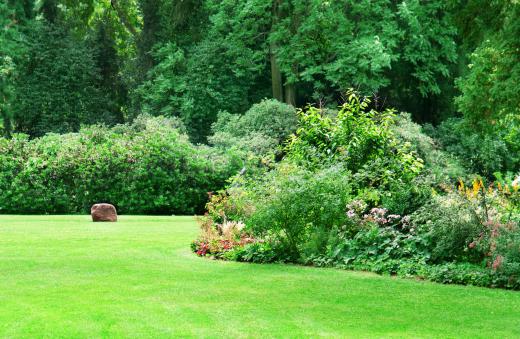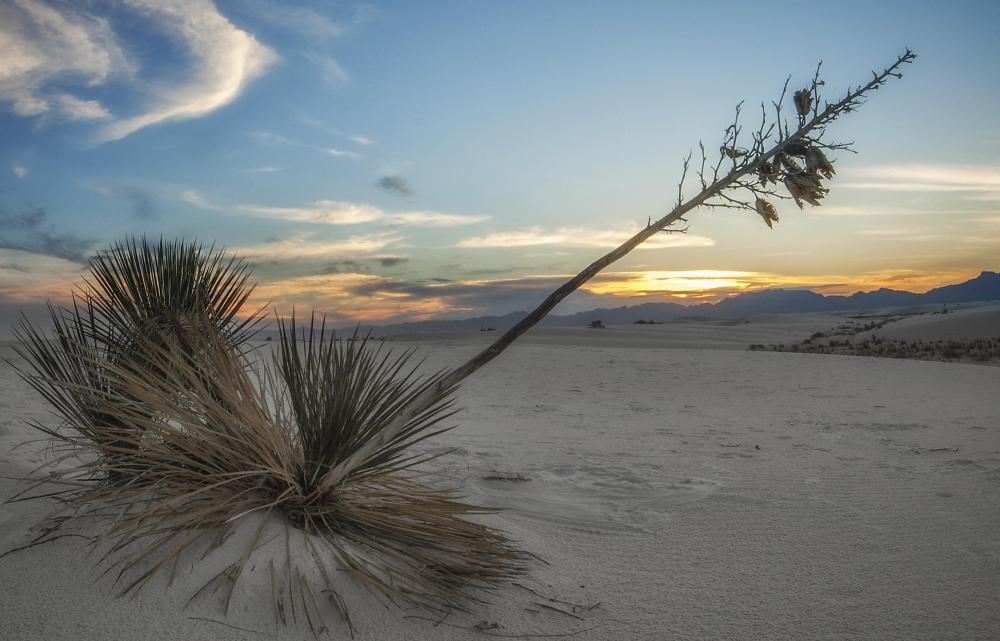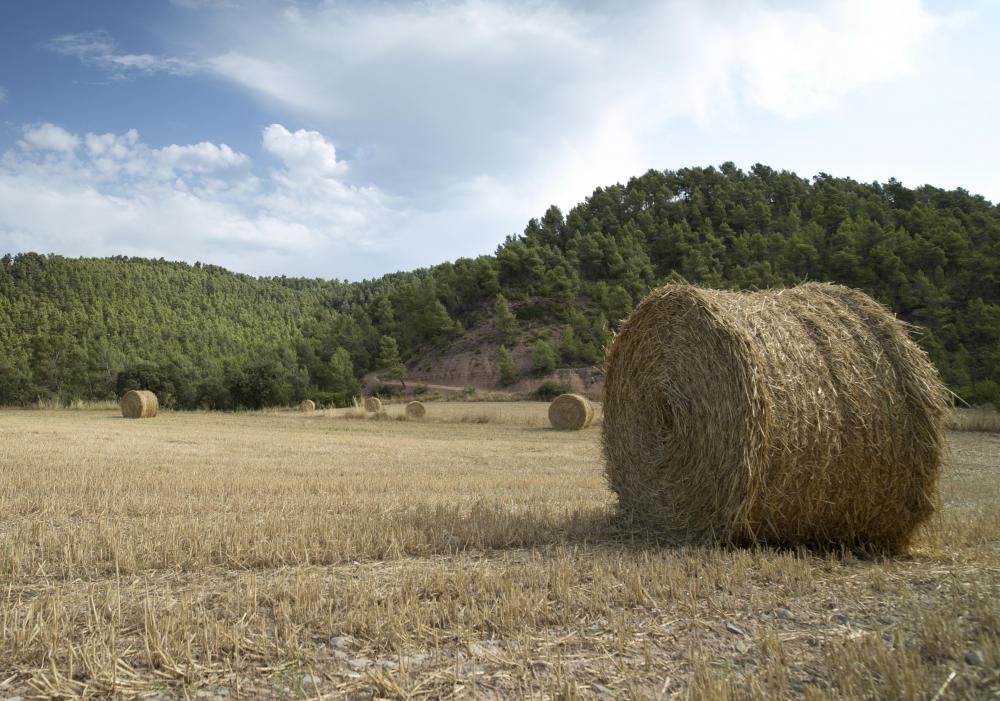At AllThingsNature, we're committed to delivering accurate, trustworthy information. Our expert-authored content is rigorously fact-checked and sourced from credible authorities. Discover how we uphold the highest standards in providing you with reliable knowledge.
What Are the Differences between Primary and Secondary Successions?
Primary and secondary successions are two phases of ecological regrowth. Primary succession refers to the growth of plants and trees in an area where no life exists, which secondary succession is regrowth in an area where some life already exists. The type of plants that begin to populate an area often determine the eventual ecology of that area.
When life begins in an area where it has not been before, it's called primary succession. An area may be devoid of life because of a catastrophic event such as glacial movement, a landslide, or a flood. A geological event such as a newly-formed volcanic island may also provide an opportunity for primary succession.

Secondary succession occurs when an area retains some life, but it has been denuded in some way. A farmer’s field or a housing development may occupy land where forests once stood. Secondary succession ensures that the forest will eventually return if fields lie fallow or a housing development is not kept clear of invading plants and trees.
One difference between primary and secondary successions is the condition of the soil when each process begins. In primary succession, an area scraped raw by a glacier may be bare rock or covered in gravel. Over time, these rocks break down into smaller and smaller pieces, eventually creating soil. The wind brings in both soil and organic material that decomposes to add vital nutrients. In secondary succession, soil is already present, though its composition is largely dependent on the types of plants already inhabiting the area.

These two phases also differ in the types of plants that first appear in their respective processes. In primary succession, only plants that can live without soil are able to inhabit the area. These first plants, usually some form of lichen, are called pioneer species. In secondary succession, soil and some plants are present, making it easier for new plants to take hold.

Time is another difference. Primary succession takes much longer than secondary succession, often centuries or millennia. Secondary succession can be relatively quick. For example, after a forest fire, it may take only a few decades for the forest to return to its prior state.
The progress of primary and secondary successions does not always follow through to a large stand of huge trees. Some end-stage communities, known as climax communities, are small shrubs, grasses, or succulents. Climate and soil conditions may restrict an area to grassland or cactus.
Frequently Asked Questions
What is the main difference between primary and secondary succession?

Primary succession occurs on land where no soil exists, such as after a lava flow or on a new island formed by volcanic activity. It begins with pioneer species like lichens and progresses to a mature ecosystem. Secondary succession, on the other hand, takes place in areas where soil is already present but has been disturbed, such as after a forest fire, and it reestablishes the previous community structure more rapidly than primary succession.
How long does primary succession take compared to secondary succession?
Primary succession can take hundreds to thousands of years as it starts from bare rock and builds up soil through the slow process of weathering and organic matter accumulation. Secondary succession is quicker, often occurring over decades, because it starts with existing soil, which speeds up the establishment and growth of plants and the return of animals to the area.
What types of environments typically undergo primary succession?
Primary succession typically occurs in environments that are initially devoid of soil, such as after a glacier retreats, following a volcanic eruption that creates new land, or on bare rock exposed after a landslide. These harsh environments are gradually colonized by pioneer species that can withstand extreme conditions and begin the soil formation process.
Can human activities trigger primary or secondary succession?
Yes, human activities can trigger both types of succession. Primary succession may be initiated by construction projects that expose bare rock, while secondary succession can be a result of human disturbances like deforestation, agriculture, or urban development that clear land but leave soil intact. Restoration efforts often aim to accelerate secondary succession to recover ecosystems.
What role do pioneer species play in succession?
Pioneer species are the first organisms to colonize a barren environment in primary succession. They are typically hardy species like lichens and mosses that can survive in harsh conditions without soil. These pioneers help create soil by breaking down rock and leaving organic material as they die, setting the stage for more complex life forms to follow.
Are there any predictable patterns in how ecosystems develop during succession?
Ecosystems tend to follow a predictable pattern during succession, starting with pioneer species that prepare the environment for more complex organisms. Over time, a series of plant and animal communities will replace one another in a somewhat predictable sequence, leading towards a more diverse and stable ecosystem known as the climax community, although disturbances can reset the succession process at any time.
AS FEATURED ON:
AS FEATURED ON:














Discussion Comments
I would like to add on the same note of difference that primitive plants are first occupiers on primary succession but advanced on secondary.
I don't know exactly how long ago the last glacier ice age was, but as these glaciers retreated, there must have been a huge area of land that was raw, with no soil or seeds. I was just thinking of all the time it took for all the area of the United States to undergo primary succession and eventually get to the point that it is today with all the forest areas and grassy valleys and mountains.
At the end of the ice age, our country must have looked barren and not very hospitable. I've got to review my ancient history. I'm not sure when the Native Americans crossed the land bridge and came down to inhabit North America.
Plant life does regenerate itself, but it can take a long time. If an area is stripped bare, like after a volcano eruption, some large areas will take forever to return to the former state. I have seen Mt St. Helen before it erupted and after. So many beautiful trees and plants were destroyed.
But there are areas that are coming back. These secondary succession areas are near enough to
vegetation that wasn't destroyed. So the wind can blow soil and seeds around.
Post your comments